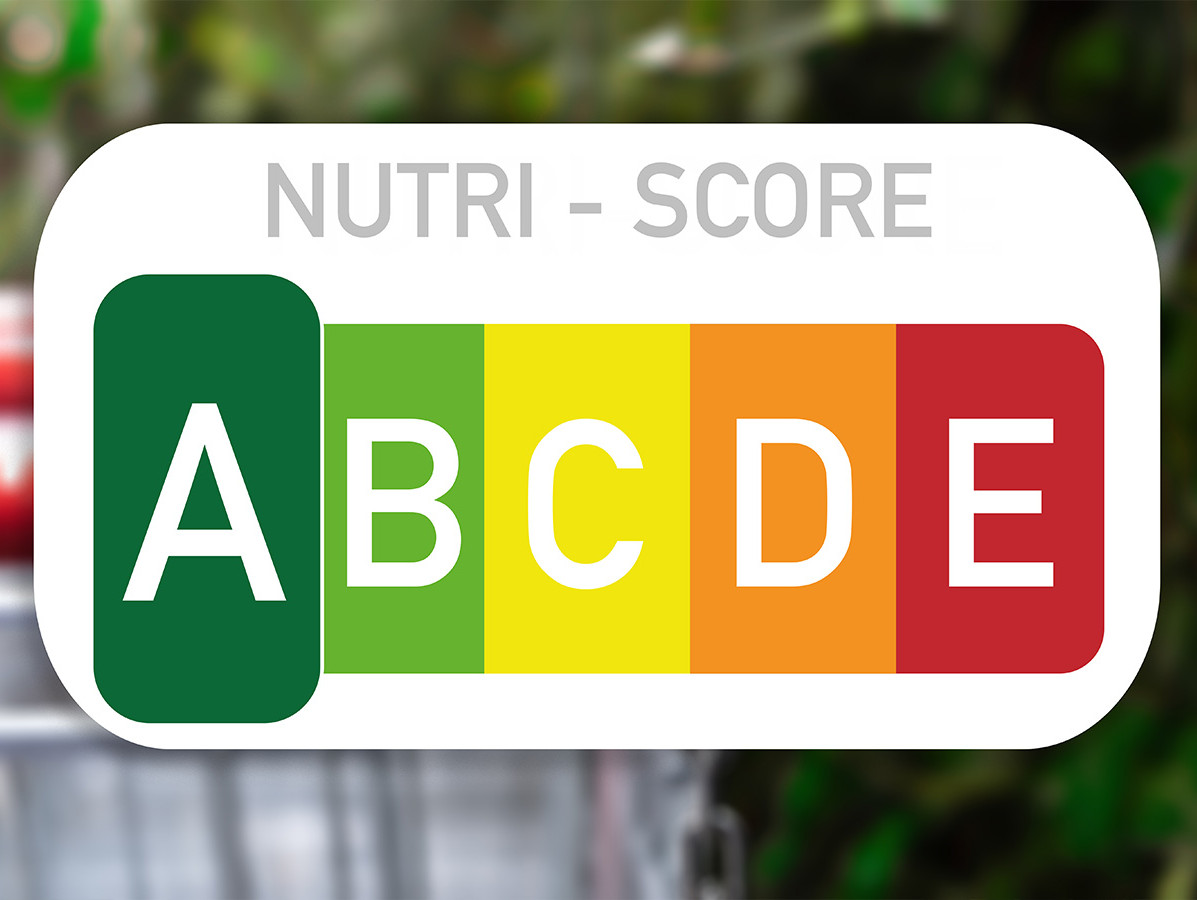
29 November 2022, the Health Council published the report 'Evaluation of the Nutri-Score algorithm'. The State Secretary of Health, Welfare and Sport had asked the council to assess the extent to which the revised algorithm has improved, to reflect on the alignment of Nutri-Score with Dutch dietary guidelines and to advise on any further adjustments.
In the report, the council gives its opinions on Nutri-Score, following the adjustments to the algorithm by the international scientific committee in July this year (with the part on drinks not yet published). Among other things, the health council states that Nutri-Score can be a valuable addition to existing nutrition education, especially for people who are hard to reach and are more likely to have unhealthy diets. Furthermore, the council writes to the state secretary that the logo does have shortcomings that "should be addressed energetically."
The FNLI's starting point, as well as that of the relevant health organisations, in choosing Nutri-Score has always been that the algorithm behind it should be brought in line with dietary guidelines. With the advice of the International Scientific Committee, some steps in the right direction seemed to have already been taken for this purpose. The Health Council now acknowledges that full alignment of Nutri-Score with the recommendations from the Guidelines for Good Food and the Five Basic Foodgroups, due to differences in objectives and systematics, is not possible. This can be explained by the fact that both the Guidelines for Good Nutrition and the Five Basic Foodgroups, concern a total diet, while Nutri-Score focuses on products.
FNLI is disappointed that the Health Council says nothing about the calculation per portion. This is because portion size is now not taken into account. This means that if the portion size of a product is made smaller, the product will receive the same score as the larger portion. As a result, consumers may be misled as to the health value of a product.
While FNLI welcomes the fact that Nutri-Score is being linked to the National Product Improvement Approach (NAPV) in the process surrounding its introduction, this should be done for all possible product categories and not only when there are discrepancies in the scores. Furthermore, FNLI finds it regrettable that additions of salt and sugar that are negligibly small, such as 0.5%, are seen as negative.
When it comes to the Nutri-Score for meal packages and mixes, there is still a difference between, on the one hand, the Health Council's opinion that the score should only be based on products that are in the packaging - and not on products that the consumer still has to add himself (with the exception of water) - and, on the other hand, European laws and regulations that state that the regular nutritional value on the label may be based on the preparation instructions. Perhaps a solution can be found here in the terms of use by making it compulsory for companies wishing to use Nutri-Score to do so when registering.
FNLI looks forward with interest to the next step in the introduction of Nutri-Score in the Netherlands. On an introduction date, the Ministry of Health has indicated that it expects the state secretary to be able to make a decision in early 2023.
Source: FNLI